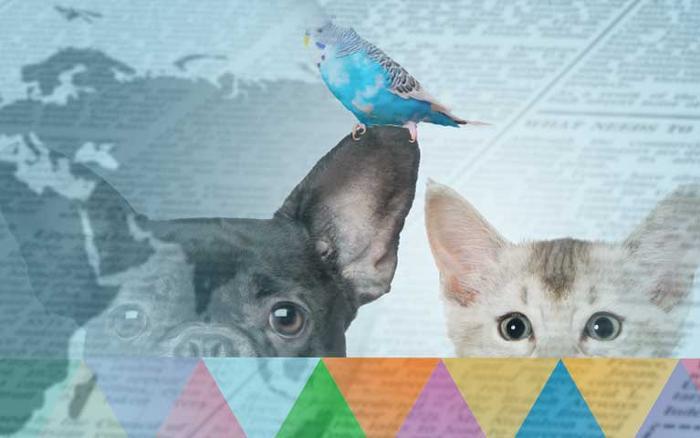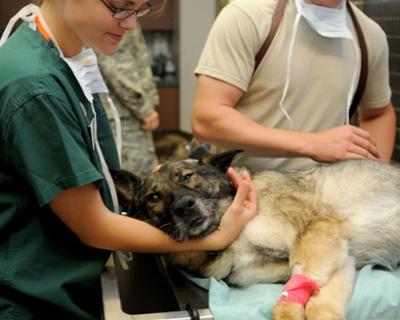

Profitability and customer service, the Spanish veterinary sector’s new paradigm
In recent years in Spain, the veterinary sector has experienced a significant transformation due to the entry of major corporations financed by international investment funds.
This change responds to these companies’ growing increase in an expanding market, driven by the adoption of pets as members of the family in a society with falling birth rates. This phenomenon was triggered by a report by Morgan Stanley on the economic potential of the sector, which states that the sector will grow by an average of 8% per year, regardless of what happens in the global context (wars and disasters). The process speeded up during the pandemic, and it is still booming.
These companies, which already dominate 60% of the UK market, have replicated their model in Spain, acquiring high-performing veterinary clinics, often without the client’s knowledge. Large groups are buying up clinics, pet shops, blood banks, incinerators, laboratories, and everything else.
Although only 6% of Spanish clinics belong to these large groups, their impact is far greater because they generate a specific percentage of the sector’s revenue. This is because they take over the best-equipped clinics and modernise them, an investment which is often beyond the ability of independent veterinarians.
The Spanish pet market is booming. There are more than nine million dogs and seven million cats in our homes, as well as other species such as birds, fish, and rodents. Many young urban couples, known as pet parents, are investing more in their pets’ well-being. This change has led to a notable increase in household spending on veterinary services, which amounted to €2.613 billion in 2022, an increase of one billion compared to 2013. Projections indicate that revenue will reach €3.800 billion by 2030.
However, the corporate model has its challenges. In the UK, where these companies are more established, prices have risen drastically, and controversial practices have been reported, such as recommendations of unnecessary treatments and the referral of diagnoses to laboratories that belong to the same corporate group.
The UK Competition and Markets Authority (CMA) has started an investigation that includes testimonies from 40,000 pet owners and 16,000 veterinarians. Among the preliminary findings, opaque pricing and the exploitation of the reputation built by local veterinarians to increase profits are notable, leading to tensions between customers and corporations.
Although this has had less of an impact in Spain, the prices of veterinary services were already high due to the 21% VAT since they are classified as luxury items. This tax contradicts animal welfare policies that promote the adoption and responsible responsibilities of pet owners.
Moreover, the new law will require pet owners to take out mandatory insurance to cover damages to third parties, although currently, only 5% of owners have medical insurance for their pets. Insurance also has limitations, particularly in the case of pets over the age of nine, when medical expenses tend to be considerably higher.
The entrance of big corporations has also affected employment in the sector. Veterinarians who were previously self-employed now work as employees for low salaries with long workdays. Despite Spain being one of the European countries with the most veterinarians (37,000), this profession is precarious, where incomes do not correspond with market growth.
Another relevant factor is the increasing life expectancy of pets due to advances in medicine. Cats and dogs are living an average of 5% to 10% longer than they did a decade ago, which increases treatment costs. Medicines such as monoclonal antibodies for arthrosis, chemotherapy and dental procedures have become popular, making veterinary care even more expensive. Although they improve pets’ quality of life, these treatments can entail financial and emotional quandaries for pet owners, who are often forced to choose between accepting substantial costs or opting for euthanasia.
In short, the transformation of the veterinary sector in Spain, promoted by large corporations, presents both benefits and challenges. On the one hand, it improves service quality and modernises clinics, while on the other, it increases costs, causes price increases and affects economic sustainability for pet owners and veterinarians. As the model becomes established, it will become crucial to achieve a balance between corporate profits and affordability for clients.
Sources : ABC / Carlos Manuel Sánchez and VetSolutions Consultores.





